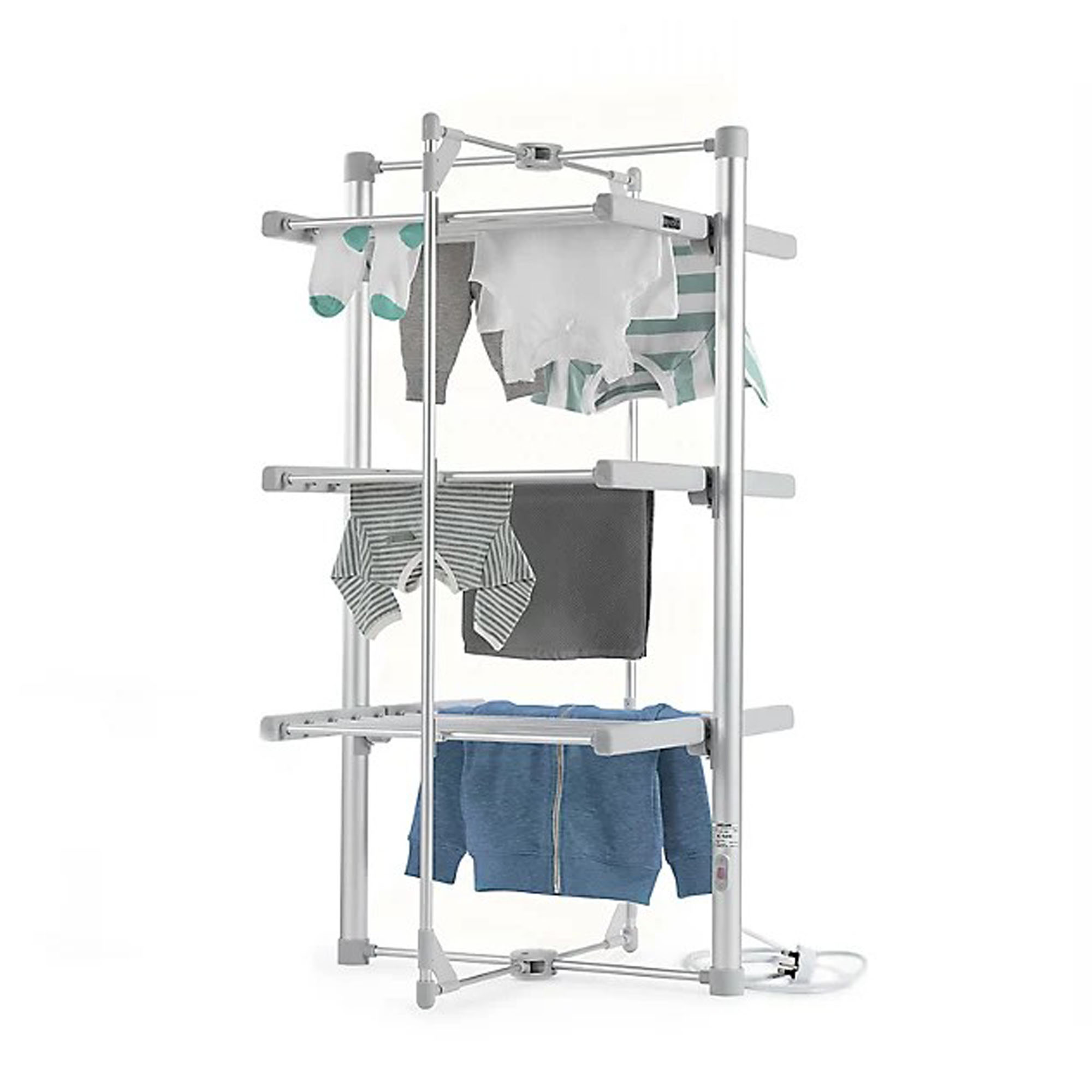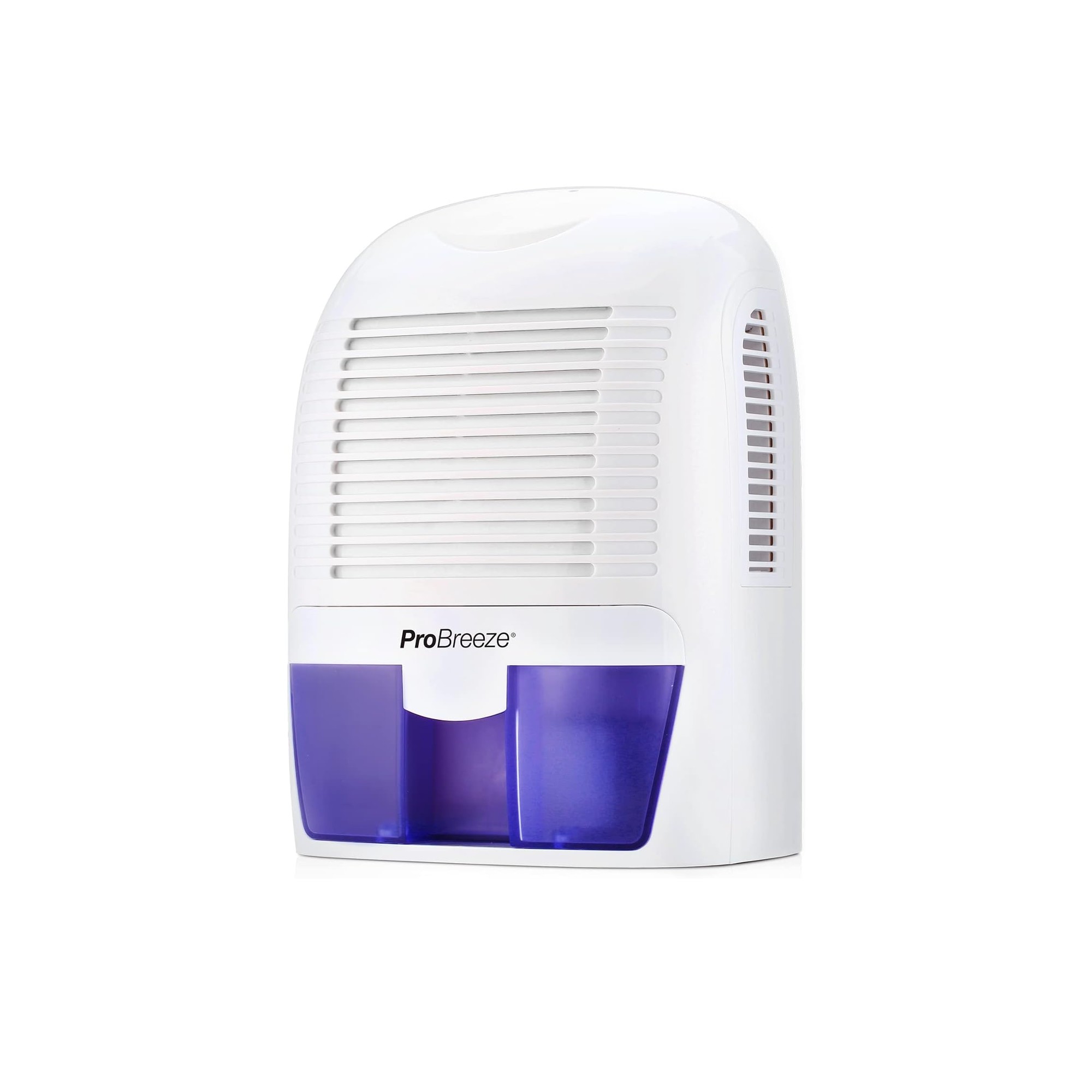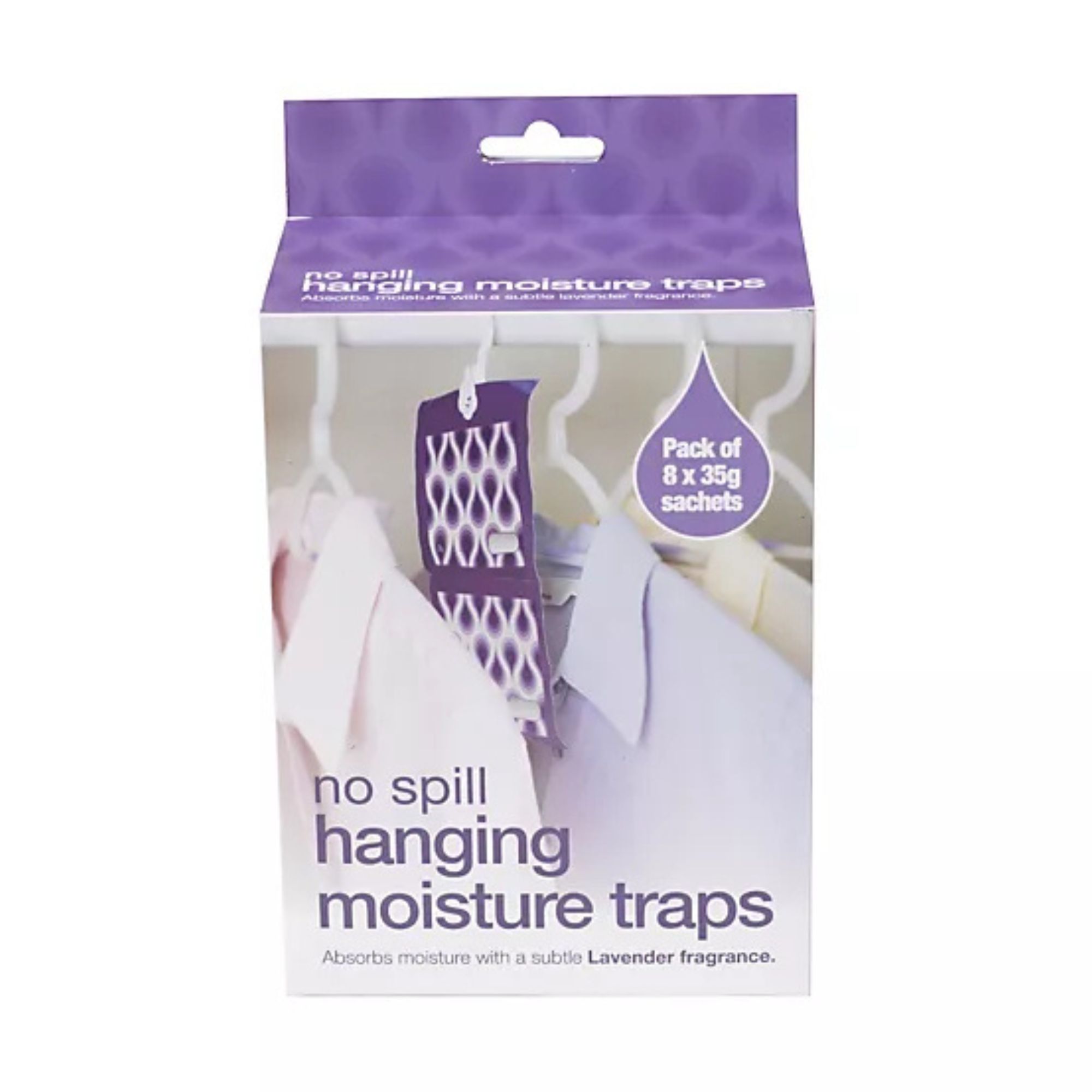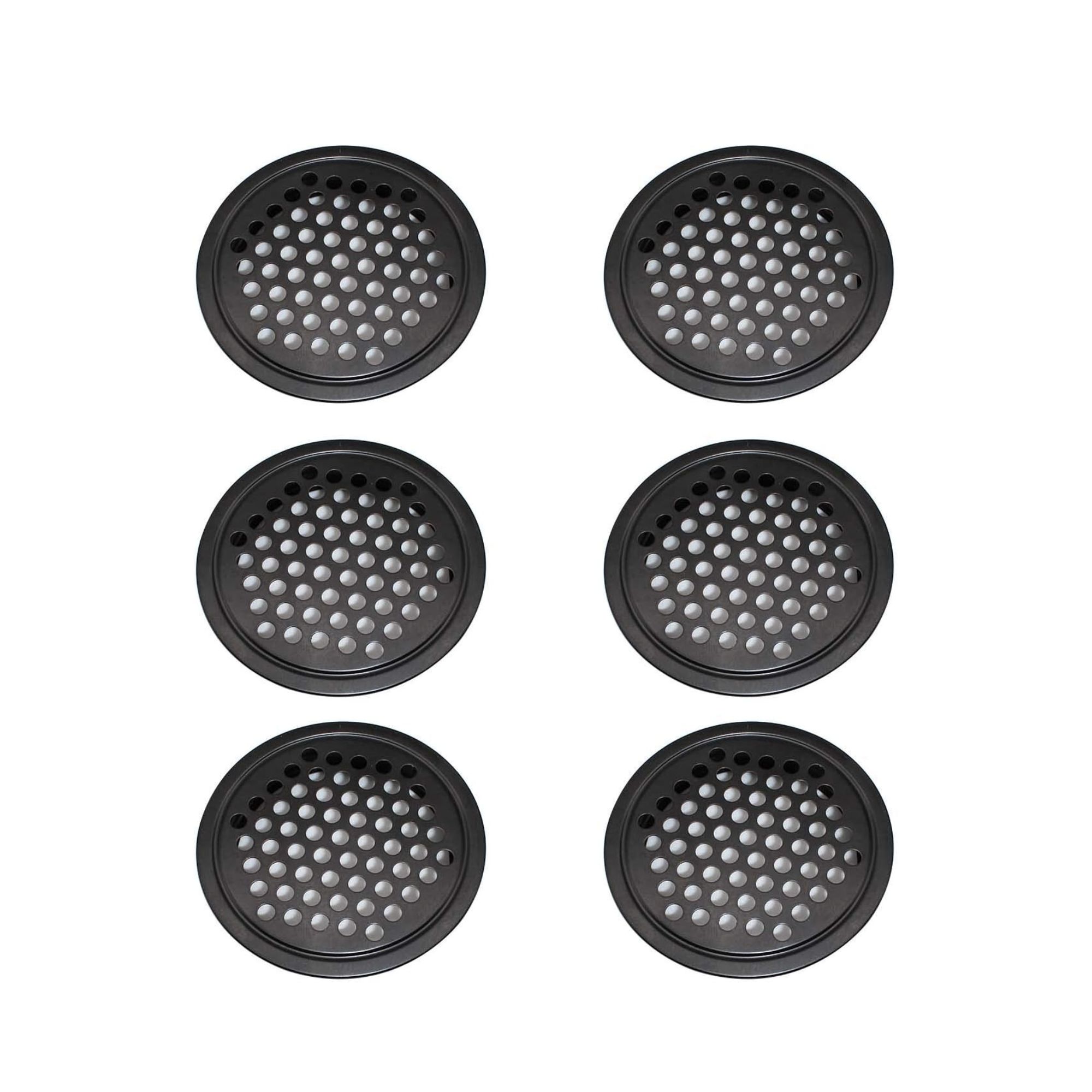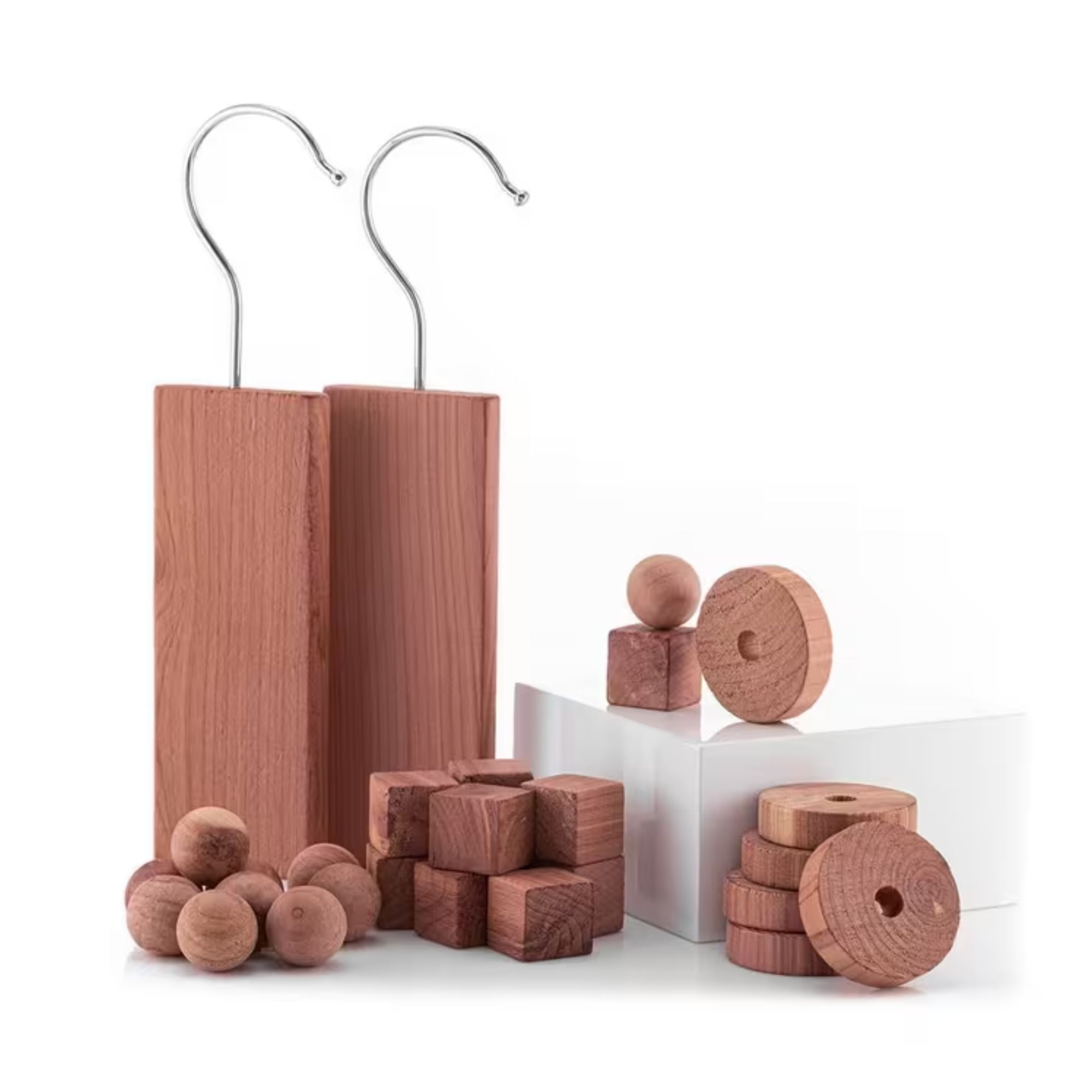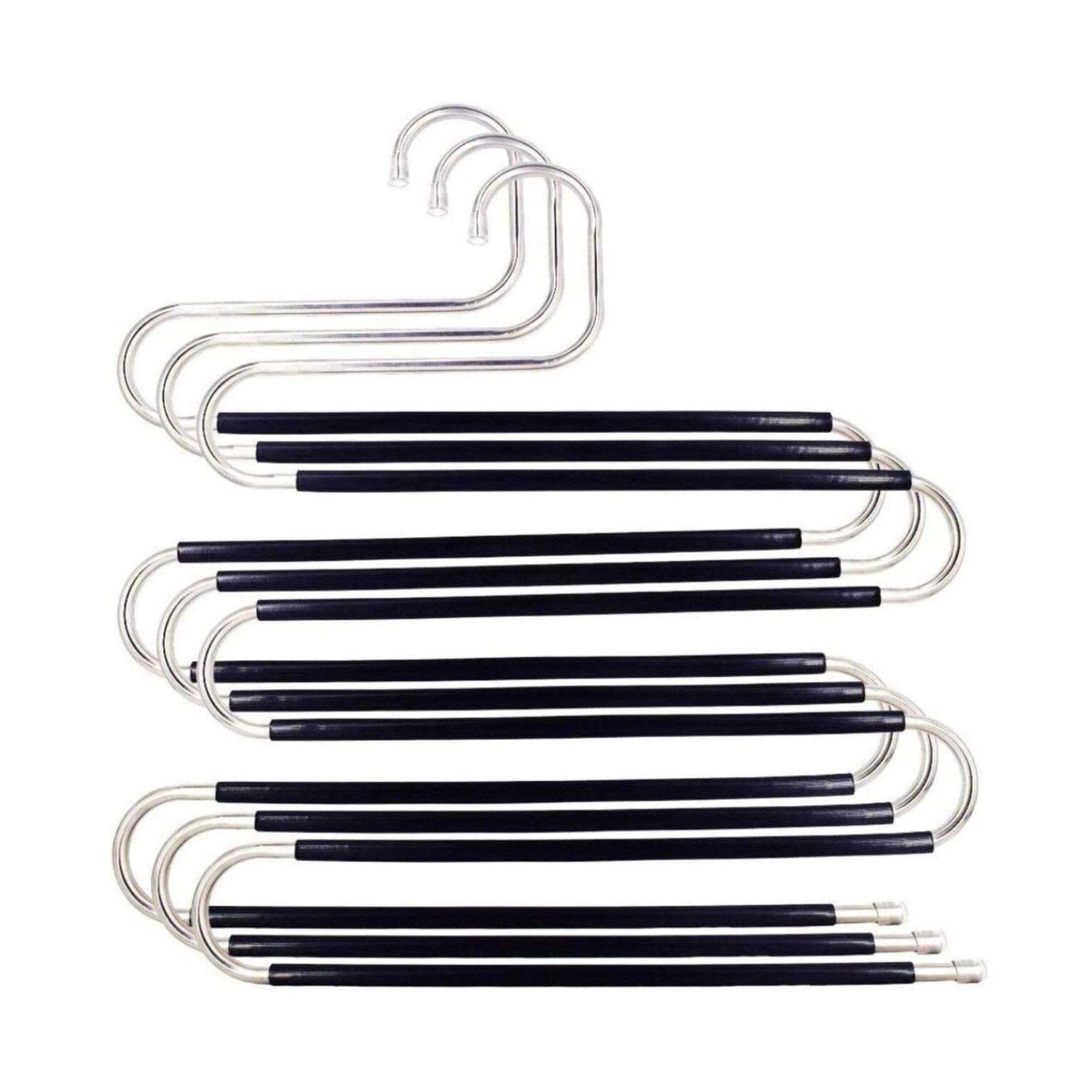How to prevent mould in wardrobes - expert-approved tips to protect your furniture and your clothes
Say goodbye to mould for good
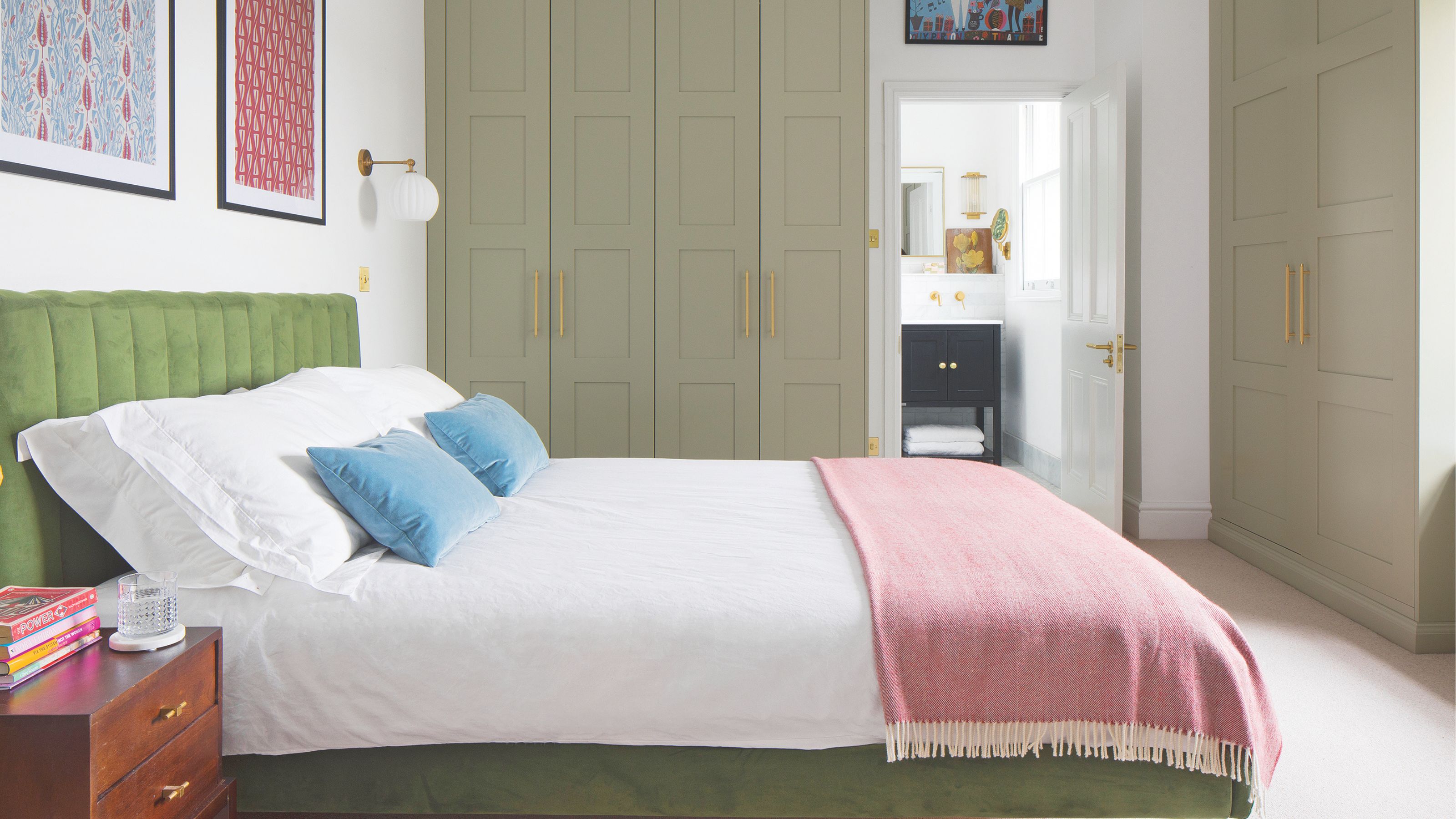

Knowing how to prevent mould in wardrobes is something everyone should know. After all, mould won’t just cause unsightly stains in your wardrobe. It can also make your clothes smell musty and quickly spread throughout the rest of your house - and nobody wants that.
Although most of us have big dreams of having the ultimate walk-in wardrobe, the reality is that many of us don’t have the cash or space to bring these dreams to life. Instead, we store our clothes, shoes and accessories in freestanding or fitted wardrobes or random cupboards that have been commandeered around the house. And these small spaces can come with some complications.
Of course, getting rid of mould should be your first port of call if you’ve spotted the tell-tale signs of mould in your wardrobe. When you’ve done that, you can focus your attention on stopping mould in a wardrobe from coming back. And you know what they say: prevention is always better than the cure.
1. Dry your clothes properly
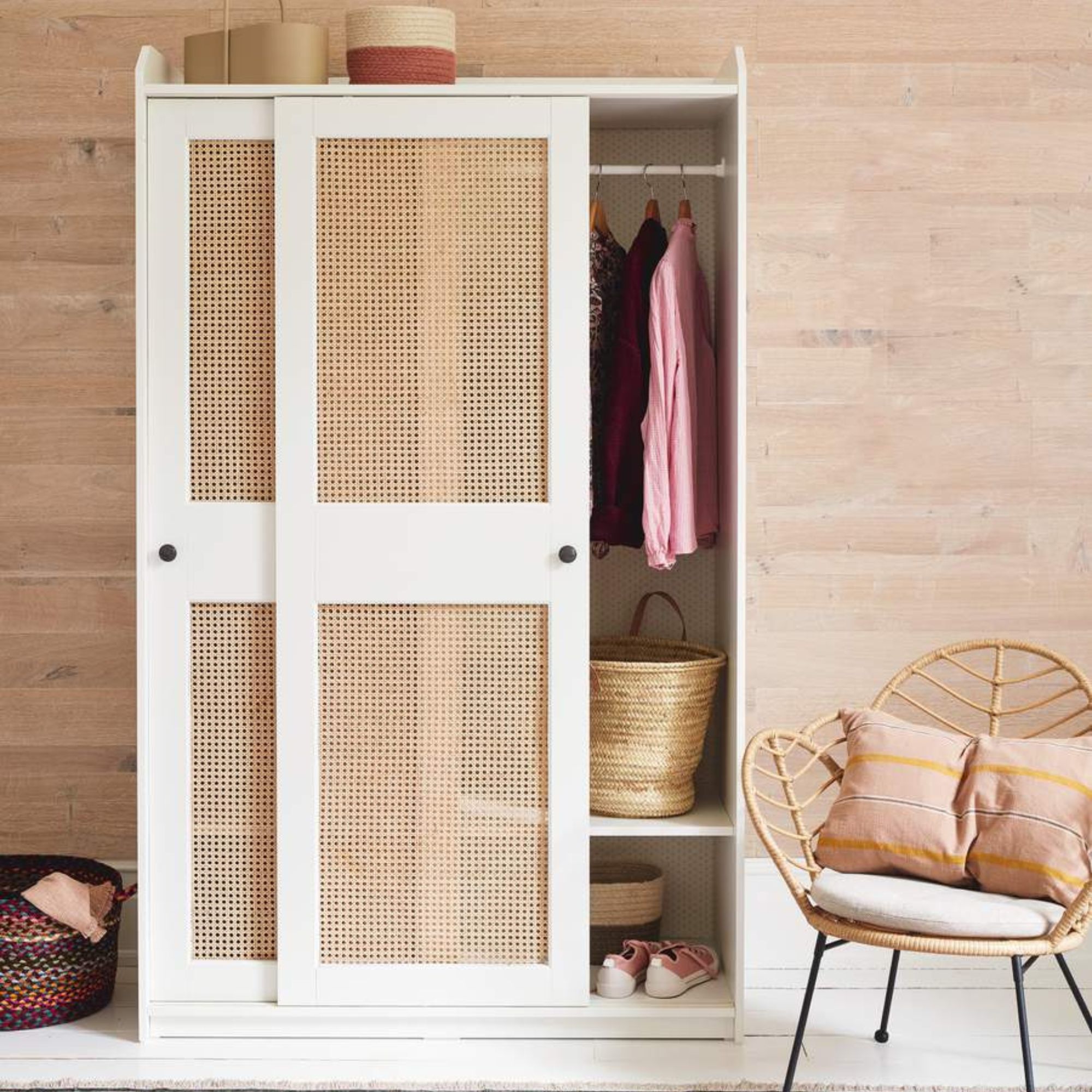
Mould often builds up in wardrobes due to excess moisture, so if you want to keep mould away from your favourite clothes, you should rethink your washing and drying habits.
Melissa Denham, Interior Design Expert at Hammonds Fitted Furniture, explains, ‘Damp in wardrobes is usually caused by condensation and damp clothing. You should never tidy away clothes that haven’t fully dried as it introduces moisture into an enclosed space. Not only this, but when damp is mixed with the dark conditions of a closed wardrobe, it can create an ideal breeding space for mould.’
Of course, we understand that properly drying clothes in winter is especially difficult when you can’t pop it out on the line. Fortunately, there are countless products out there that will help to dry your clothes quickly - including the best heated airers.
2. Reduce the moisture levels
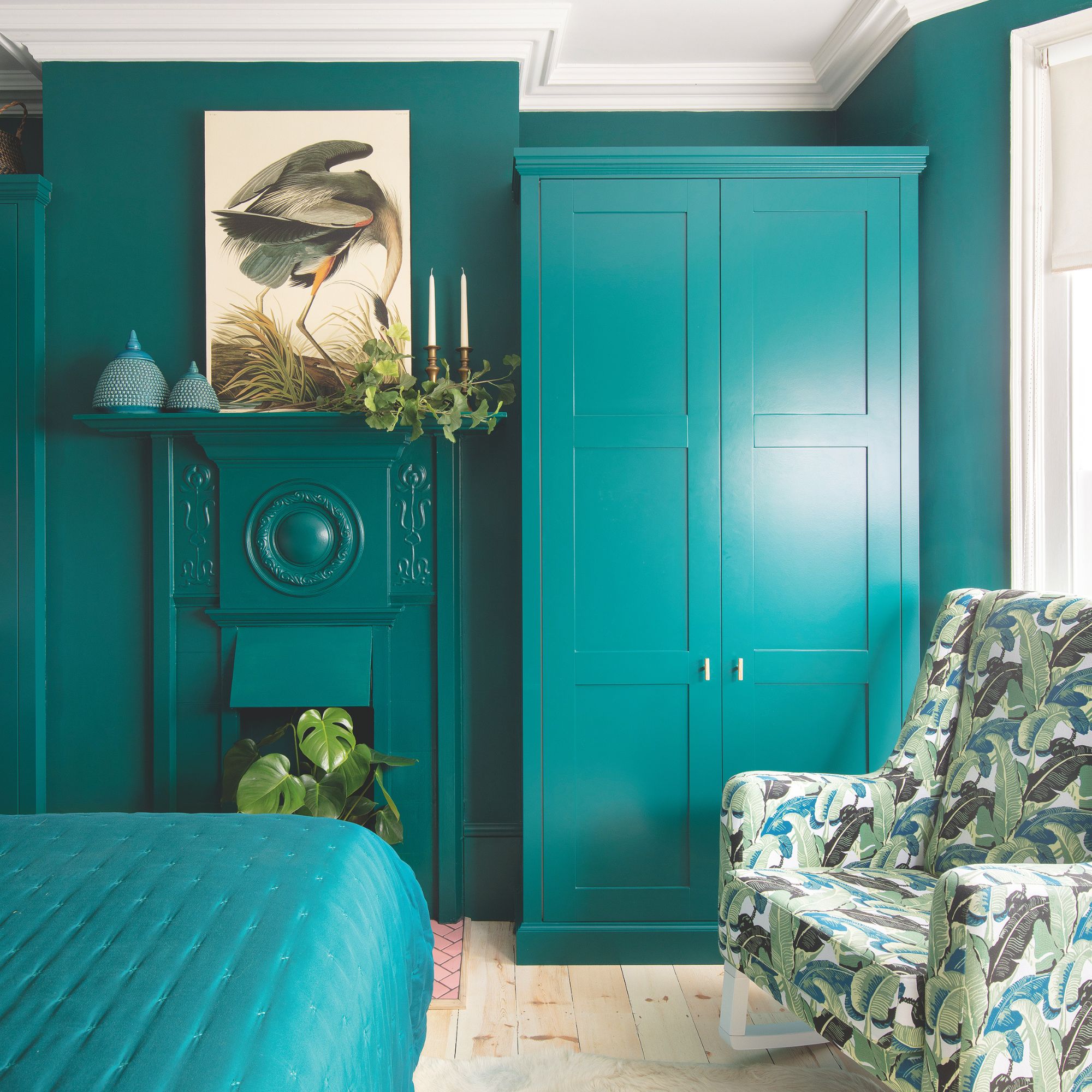
One of the best ways to stop mould from coming back in a room is to monitor and maintain the humidity level, as this will prevent moisture build-up. And you can use this same thinking to stop mould in your wardrobes, as keeping the area surrounding and inside your wardrobe at the ideal humidity will keep both moisture and mould at bay.
Sign up to our newsletter for style inspiration, real homes, project and garden advice and shopping know-how
Tim Warren, a DIY expert from Adkwik, says, ‘To combat mould, try to keep the humidity level roughly between 40 and 60%. You can install a dehumidifier to help remove excess moisture from the air and desiccants are substances that will absorb moisture from the air, such as baking soda or uncooked rice.’
He adds, ‘Placing these in your wardrobe can help to keep the air dry, reducing the risk of mould growth. You can also buy artificial moisture-absorbing desiccants, such as silica gel packets or charcoal bags.’
In our opinion, investing in one of the best dehumidifiers would be the best port of call if you have larger wardrobes - but smaller ones may benefit from hanging moisture absorbers instead.
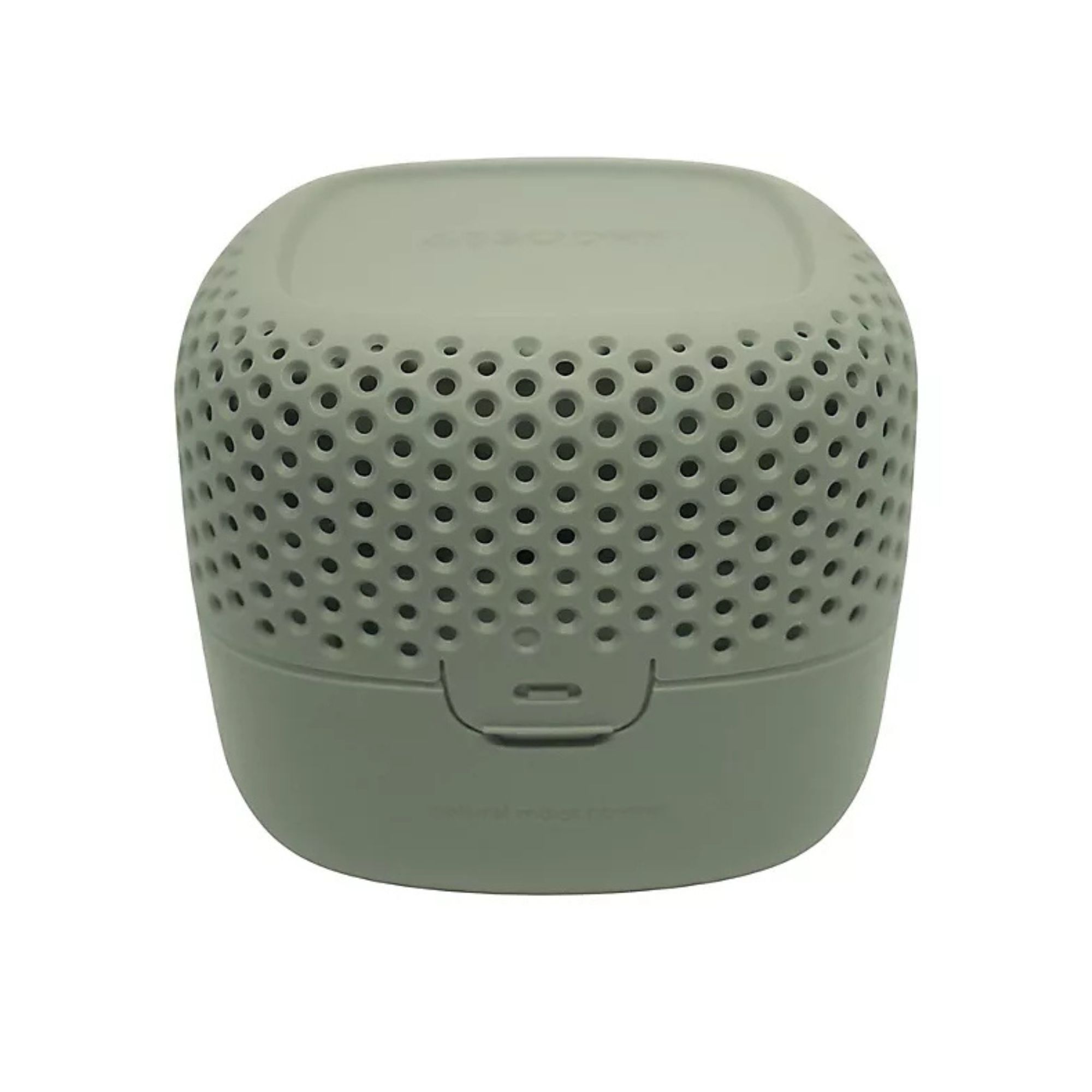
Our Managing Editor, Thea Babbington-Stitt, has the bigger version of this non-electric dehumidifier and absolutely loves it. So, the smaller one is perfect for popping in the bottom of your wardrobe to prevent mould.
3. Add some ventilation
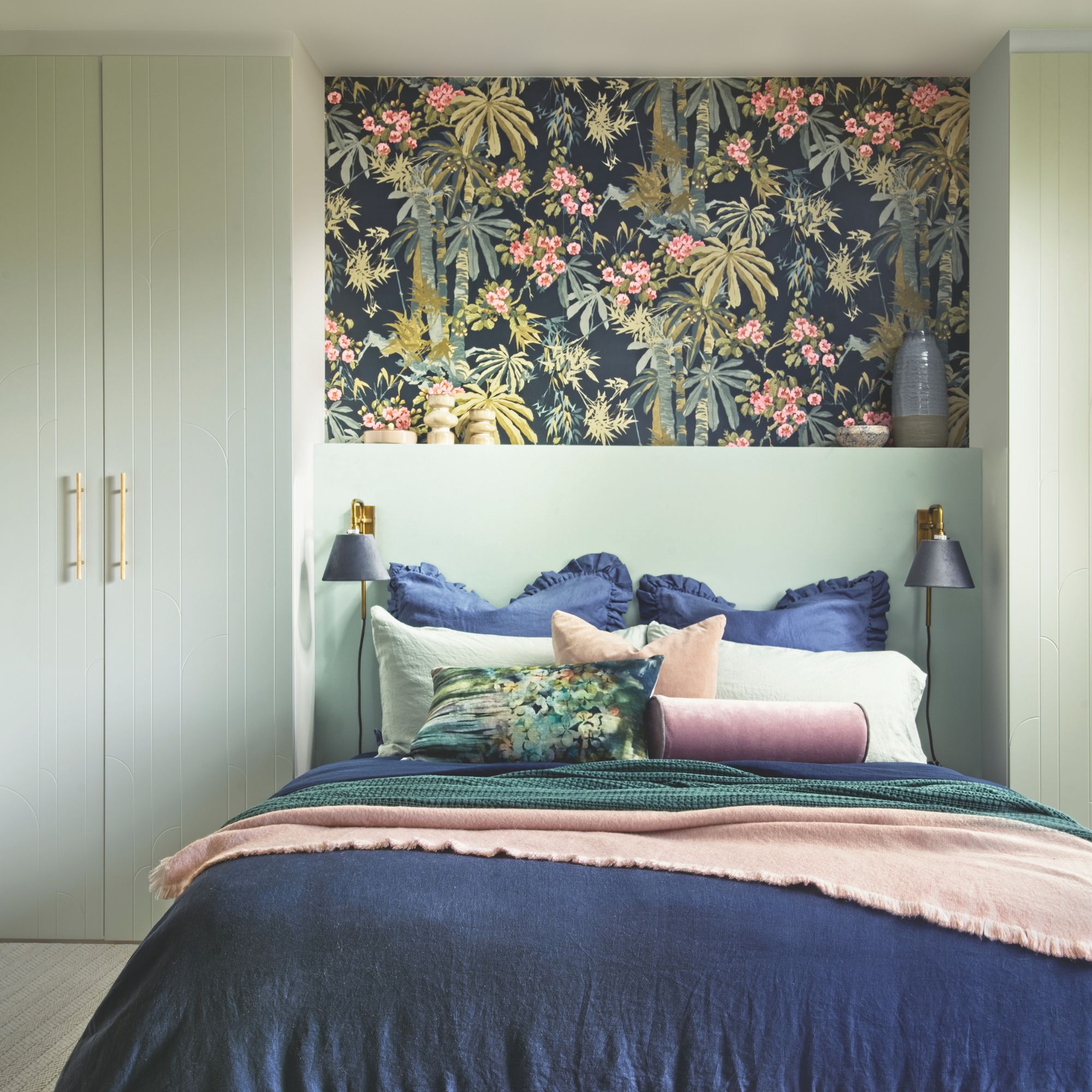
Incorporating good ventilation and airflow may sound impossible in enclosed wardrobes, but it’s easier than you think. And taking some time to do so can be the difference between a wardrobe full of mould and a mould-free space.
If you have sliding doors on your wardrobe, Melissa advises that you ‘leave your sliding wardrobe doors open to allow the air to flow through the wardrobe. Sliding wardrobes are great for this, as they won’t block your path of make the room look messy.’
If you have a freestanding wardrobe or one where the doors open out into the room, however, you won’t be able to do this. In this instance, Tim suggests installing wardrobe vents.
‘Having vents built into your wardrobe can help with airflow and reduce humidity, as it helps the air inside the wardrobe to circulate and removes excess moisture that may be gathering inside,’ he says. ‘This can be particularly helpful if you have fitted wardrobes, especially those that are fitted to an outside wall.’
And while these can be fiddly to install, they typically aren’t on show - so it doesn’t matter if your drilling is a little wonky.
4. Use cedar hangers
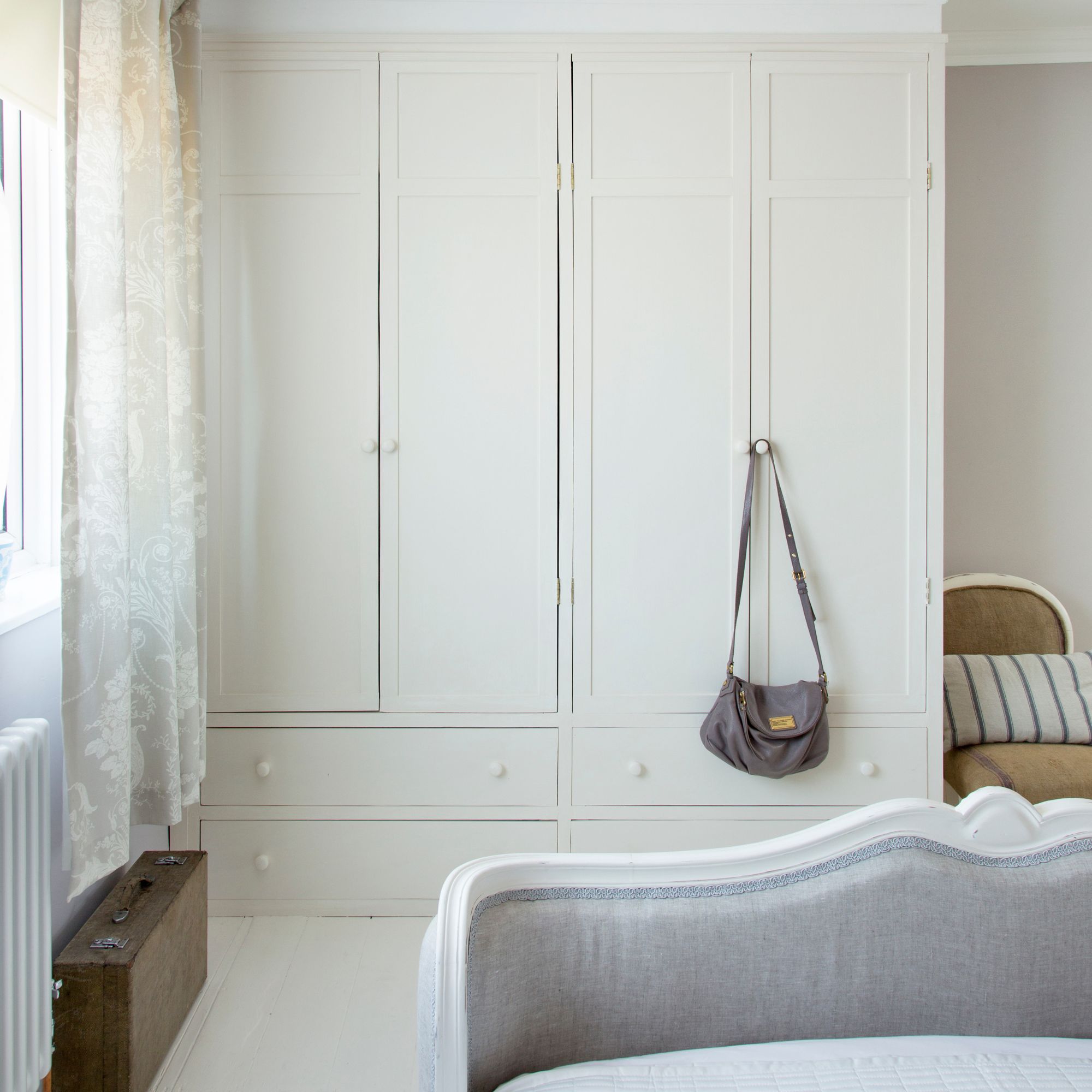
You might already know that cedar hangers are the key to getting rid of clothes moths, but another perk is that they can also prevent mould in wardrobes. Plus, they’re extremely affordable and won’t take up a huge amount of space.
Melissa says, ‘Cedar hangers are another great solution that can absorb moisture, giving your clothes a pleasant smell whilst also preventing moths.’
If you also want to keep mould out of your clothes drawers, you could buy a cedar wood set that comes with blocks and balls, too.
5. Declutter your clothes
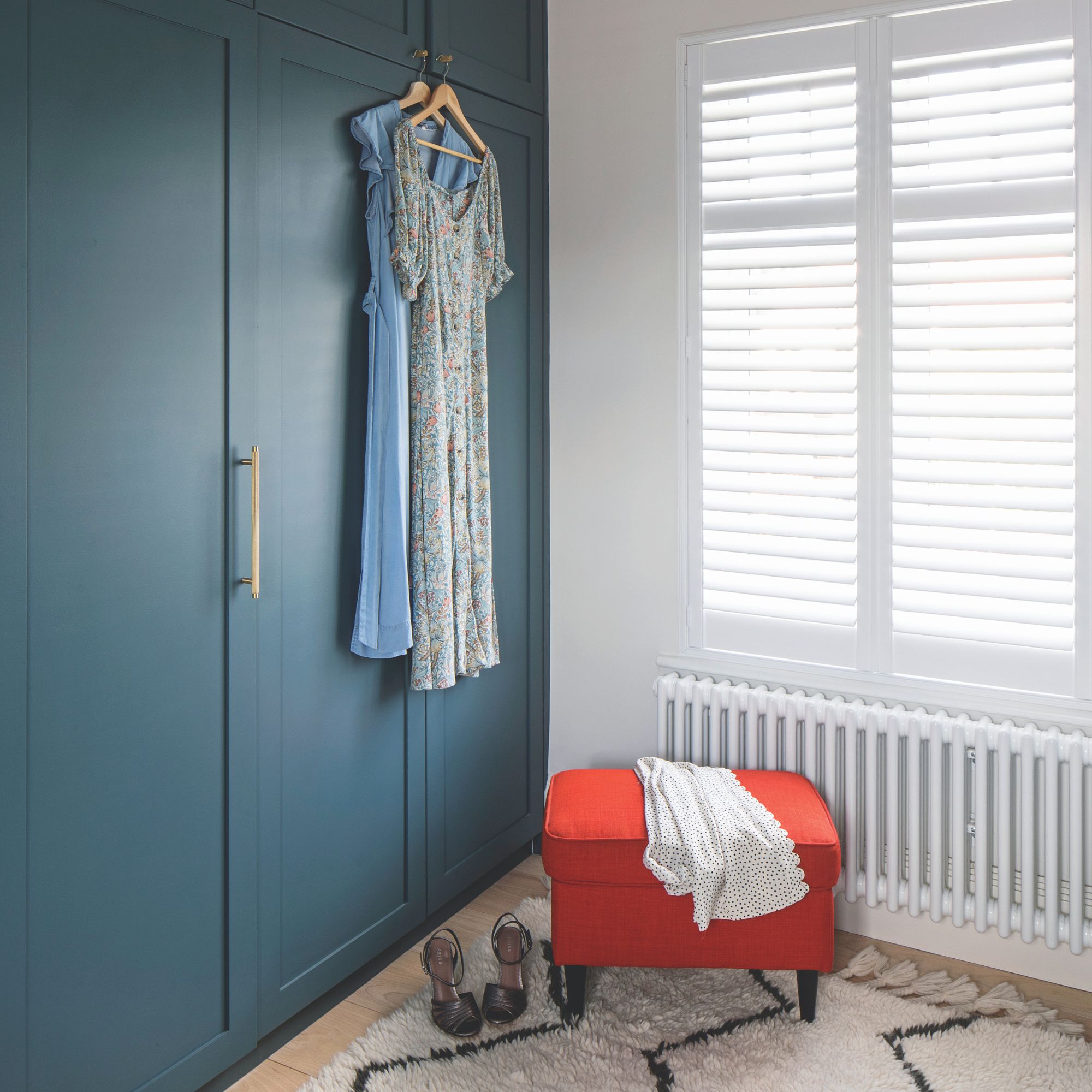
Ultimately, the more clothes you have in your wardrobe, the more you may struggle with mould. And while we’re not telling you to get rid of every single item you own, it’s well worth taking the time to declutter your wardrobe.
'If you have too many clothes within an enclosed space, this can limit how much air is able to circulate and trap moisture in the wardrobe,’ Tim warns. ‘Try to space clothes apart reasonably where possible, or move some intro drawers or other storage spaces.’
FAQs
What is the cheapest homemade moisture absorber?
Both salt and baking soda are generally considered to be the cheapest homemade moisture absorbers. You can pick up bottles of these household essentials for under £1 and use them to keep damp and condensation at bay.
To use these items, all you need to do is place a bowl of salt or baking soda in the problem area. These powdery substances will then absorb the moisture and keep it out of your home. However, you will need to refresh the bowls with new salt or baking soda every few days to maintain its effectiveness.
Does opening windows reduce humidity?
Yes, it does! By opening your windows, you allow the air in your home to circulate and flow through every room. As it does this, the humid hair will escape, and the remaining air should settle at a relatively comfortable humidity level.
However, opening your windows for too long on particularly humid or rainy days could have the opposite effect. That’s why most experts advise opening your windows for just 20 minutes every day to reduce humidity in your home, which could help combat (or prevent) the issue in your wardrobe too.

Lauren Bradbury has been the Content Editor for the House Manual section since January 2025 but worked with the team as a freelancer for a year and a half before that. She graduated with a Bachelor’s degree in English and Creative Writing from the University of Chichester in 2016. Then, she dipped her toe into the world of content writing, primarily focusing on home content. After years of agency work, she decided to take the plunge and become a full-time freelancer for online publications, including Real Homes and Ideal Home, before taking on this permanent role. Now, she spends her days searching for the best decluttering and cleaning hacks and creating handy how-to guides for homeowners and renters alike, as well as testing vacuums as part of her role as the Ideal Home Certified Expert in Training on Vacuums, having spent over 110 hours testing different vacuum models to date!
